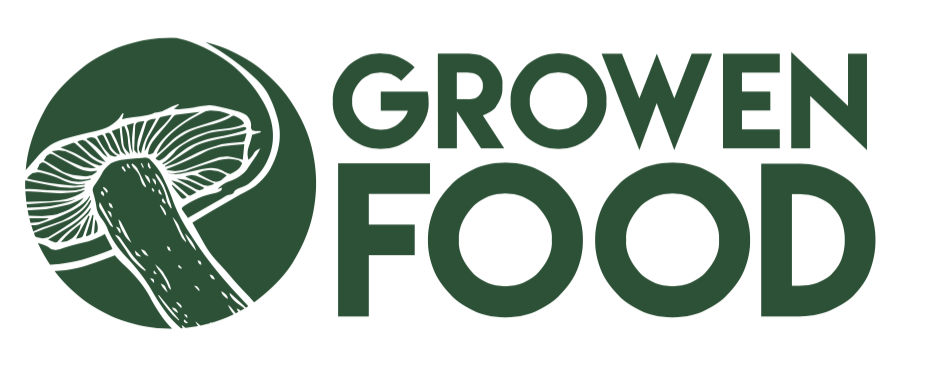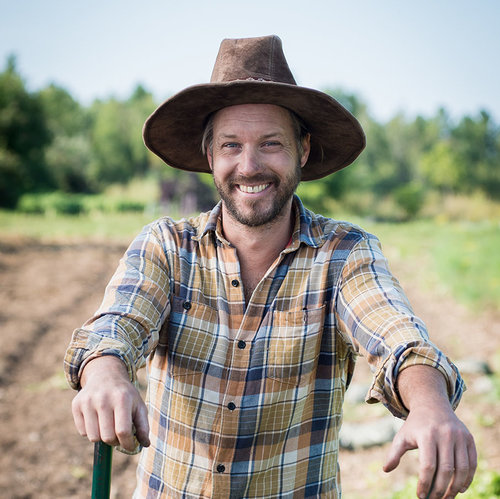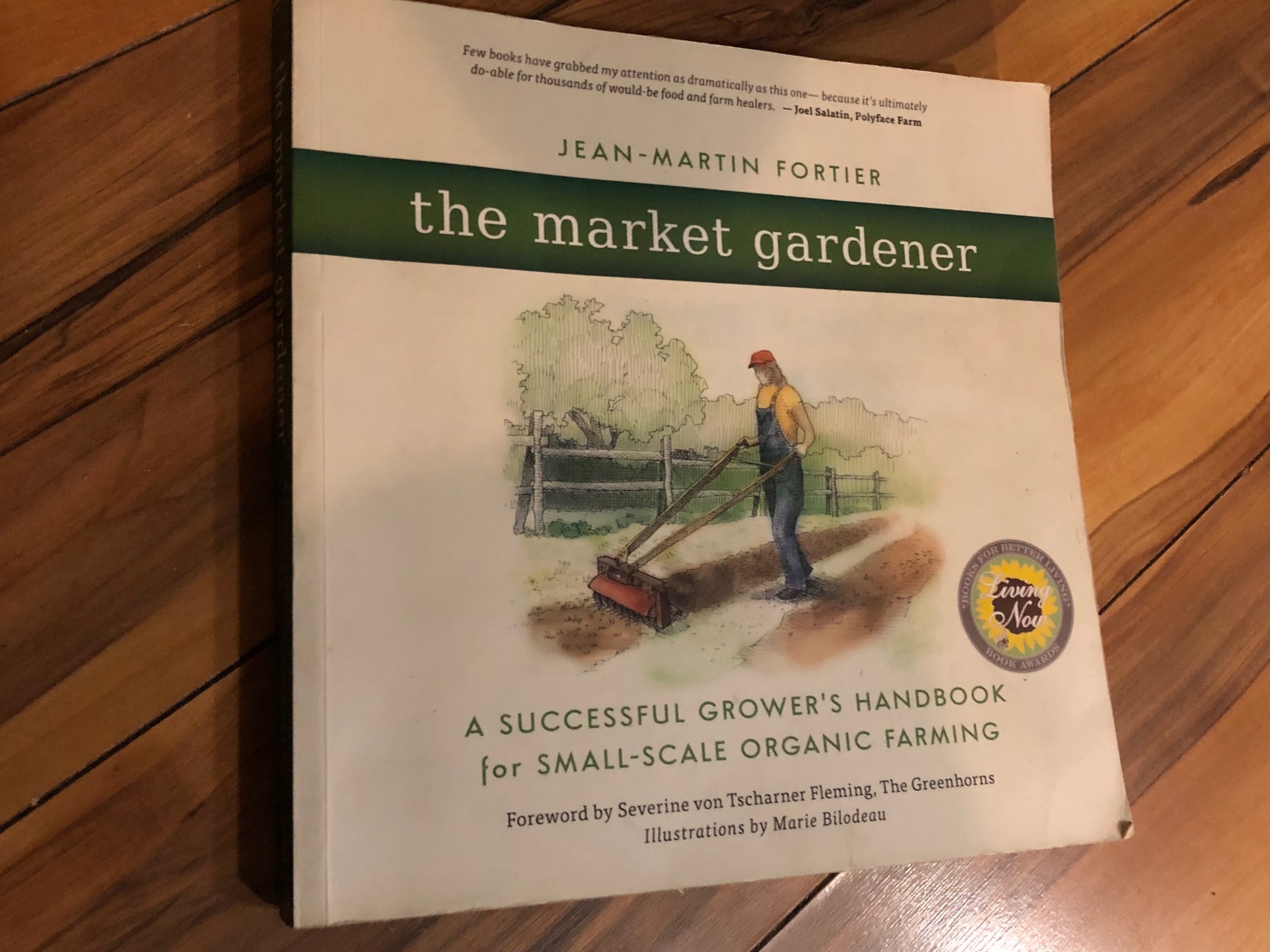Sources of influence
Beginning with almost no experience in farm production, we wouldn’t have gotten far in this regenerative agriculture journey without valuable information resources like these.
There have been so many influences along the way, too many to name in one place. Here is a start…
__
Steve Gabriel - (Agroforestry Specialist at Cornell University; Owner of Wellspring Forest Farms)
One of the very first investments we made into our farm started here. We enrolled into a course offered by Cornell’s Small Farms Program, taught by Steve Gabriel. It continues to be one of the best decisions we made, helping us realize how well our farm aligns with the cultivation of mushrooms. We reference our notebook regularly from that class in 2015 and continue following Gabriel’s work, aiming to absorb any bit of information that he provides through Cornell’s agriculture extension office.
_
Jean-Martin Fortier - (Organic vegetable farmer; Author of The Market Gardener)
Before we ever broke ground, we dove into the book, The Market Gardener, penned by superstar farmer Jean-Martin Fortier. From there, the designs of our gardens and the layout of our raised beds are all rooted in concepts from Fortier. We also employ many of his harvest techniques and storage protocols in order to provide/deliver a premium product from our field to the table of our customers. With his farms based in Canada, Fortier works with a climate zone that is not too different from ours here in Bradford County. He shows how it’s possible in his writings and through his presentations. We still have a ways to go before we’re operating at an efficiency like Fortier’s but he has provided a foundation and a model for our farm for which we are extremely grateful.
_
Paul Stamets - (Mycologist; author)
Once we tasted the first shiitake mushroom that grew on one of our hardwood logs, we knew we were onto something. Thereafter we set out to learn as much about the fungus kingdom as we could. Naturally – organically – that directed us to Paul Stamets, a trailblazing mycologist located in the northwestern United States. Like most mushroom farmers, we return to Stamets’ work consistently. We reference him for the nuts and bolts of our operation as well as delving into the deep, relatively unexplored world of fungus. His influence doesn’t stop with the mushrooms, either. Stamets’ writing in Mycelium Running got us thinking differently about our garden beds and the life that exists below the surface in the soil, including the symbiotic relationship that exists between plant and fungi. Now, not only do we give all our transplants a boost with potting mix enhanced by mycorrhizal inoculant, we also feed our soil with compost derived from spent mushroom substrate.
_
Pennsylvania State University
This list isn’t complete without our alma mater. Tim studied communications while attending Penn State from 2007-11, while Liz was in the school of hospitality management from ‘06-10. Our learning didn’t stop once we earned our bachelor's degrees. We continued to live in State College, working professionally in our respective fields after graduation. Meanwhile, our roommate Derek Pruyne studied for his master’s in agronomy, the science of soil. It opened up a new frontier and through his schooling and our nightly conversations with him – without realizing what was happening at the time – we began looking at the farm back home differently and considered what it might mean to become a steward of its soil.
_
Malcolm Gladwell - (Author)
This one might seem out of place compared to the rest. An outlier, maybe? ;)
We get asked so much: How’d you get into farming? The answer is complex enough and we’d probably get even more strange looks (than we already do lol!) if we said the idea was first initiated from this book– Outliers.
It was on Memorial Day when it first sparked into Tim’s mind. He was planting tomatoes and peppers to grow on their apartment patio, part of a summertime hobby and a nostalgic connection to his dad’s backyard garden back home. The same day, he was reading this book.
Penned by renown journalist Malcom Gladwell, Outliers is an artful collection of true stories illustrating that success isn’t entirely about the person and individual efforts. More often it’s a collective force of circumstances that contribute to the overall outcome. According to the Amazon.com summary, Gladwell argues “that we pay too much attention to what successful people are like, and too little attention to where they are from: that is, their culture, their family, their generation, and the idiosyncratic experiences of their upbringing.” It got us thinking about it all: Liz’s connections in the restaurant industry, our love for good food, our friends in soil science and so many others working in complementary fields. Most of all – still with dirt in his fingernails from the small porch garden – it got Tim thinking about home, about how blessed he had been to be born on a generational family property with supportive family all around. The book made it seem only right – and still does – that growing food is our calling













